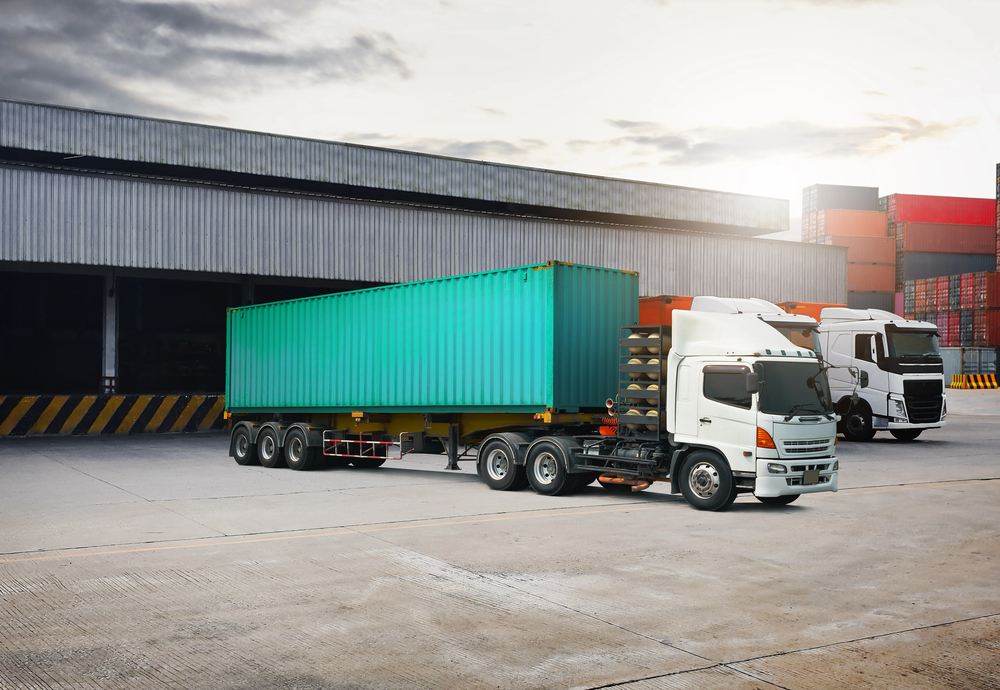In logistics, telematics technology can improve fleet visibility, leading to smarter decisions and safer operations. But with so many products and devices available, finding the right solution for your business can be hard. When implementing telematics technology, the critical first step is choosing the right devices to capture the right data.
At Inauro, we’ve seen organisations invest heavily in auto telematics and broader telematics technology. But it’s not just about ticking compliance boxes. The real opportunity lies in unlocking new capabilities that deliver meaningful operational value.
The transformative power of data
When used well, telematics technology can transform logistics operations. Real-time data from fleet tracking hardware improves fleet visibility, sensor data boosts safety, and automated reporting enhances efficiency. From vehicle diagnostics to asset utilisation and temperature monitoring, the data possibilities are vast.
But there’s a flip side. Choosing the wrong devices – or having too many of them – can flood your systems with irrelevant or hard-to-integrate data. Instead of insight, you get complexity. So, how do you cut through the noise with devices that deliver the fleet data you can use? You step back from the devices and look at your operations instead.


Whether it’s location, driver behaviour, or maintenance alerts, auto telematics delivers the insights needed to keep fleet operations moving confidently.
Start with operations, not devices
Too often, logistics managers choose telematics devices based on spec sheets rather than business needs. While features and capabilities matter, they shouldn’t come first. Instead, operational goals should lead the decision-making process, and device selection should follow.
Max Girault, Inauro’s Chief Commercial Officer, explains. “Often, businesses have invested in devices but then find they are restricted by what those devices can do. So, either they’re spending too much money, or they’re not spending enough, and then they’re hindered by the device capability.”
A more effective approach, says Max, starts with understanding your fleet, assets and operating environments. What’s not working? Where do you need better visibility or control? What do you want to achieve?
“That will help you then work out what data points you need.”
For example, if your goal is simply to provide customers with reliable ETAs on when a truck is arriving, all you need is a reliable industrial GPS tracking device to provide you with dependable location data.
“List out those use cases that you need a solution for,” says Max. “We can then help you work through the types of tracking devices or other telemetry solutions you need. This is much more efficient than choosing a device manufacturer or device and then being stuck with whatever data it sends out.”
By starting with operations, businesses can invest in telematics technology that delivers relevant, usable fleet data, not just data for data’s sake.
Driving innovation with Scully RSV
Refrigerated logistics provider Scully RSV came to Inauro after exploring high-end telematics systems that offered refrigeration fault codes, multi-zone temperature monitoring and a raft of other data points. However, after reviewing their operational needs, they discovered that for the bigger part of their fleet, these systems delivered unnecessary detail.
“What they were really after was simple: knowing where the trucks were, if they were running and whether the fridge was working,” says Max. “We narrowed it down to needing just simple temperature measurements and a way to check fridge status. Suddenly, the cost they were looking to spend dropped from thousands to hundreds per unit.”
That more targeted investment didn’t just reduce upfront costs; it set them up for long-term value.
“In Scully’s case, this strategy avoided unnecessary costs and still delivered exactly what they needed. With customer maturity evolving over time they are now in a position to strategically invest in more complex solutions to solve strategic customer pain points.”
Good data requires a good setup
You know what type of data your business needs and the types of devices that deliver that data. What’s the next step?
“Calibration during installation is essential,” Max says. “You need to record things like the odometer on a vehicle or run hours on an asset at the time of installation.”
Without that step, Max explains, the downstream data you’ll use as the basis of your workflows, such as maintenance schedules, quickly becomes unreliable.
Once devices are installed, the next step is ensuring the data is meaningfully linked to your assets. From there, operational value comes from context.
“Being able to dynamically use that information is critical,” Max adds. “That’s where integrations with other operational systems, like through Perspio™, become incredibly valuable.”


Good data drives tracking, predictive maintenance, compliance, workflow automation and good decision-making, and it all starts with the right devices.
The right devices. Right data. Better decisions
Good data supports tracking, predictive maintenance, compliance and workflow automation. And it all starts with the right devices. Poor hardware choices lead to unreliable inputs, breaking the chain before analysis can even begin.
TIP: You don’t need all your devices to come from the same provider. You need a system that connects them. That’s where Perspio™ comes in. With the power of AI, Perspio™ simplifies the process by integrating and syncing diverse data sources, from telemetry and digital forms to HR and operational systems.
From streamlining route allocation to integrating operator checks and license validation, Perspio™ makes it easy to connect, automate and optimise across systems.
Data you can work with
Choosing the right telematics technology isn’t about chasing features; it’s about aligning devices to your operational goals. With the right strategy and systems like Perspio™ to bring it all together, you can unlock real efficiency, automation and insight from day one.
Get in touch to find out more.

